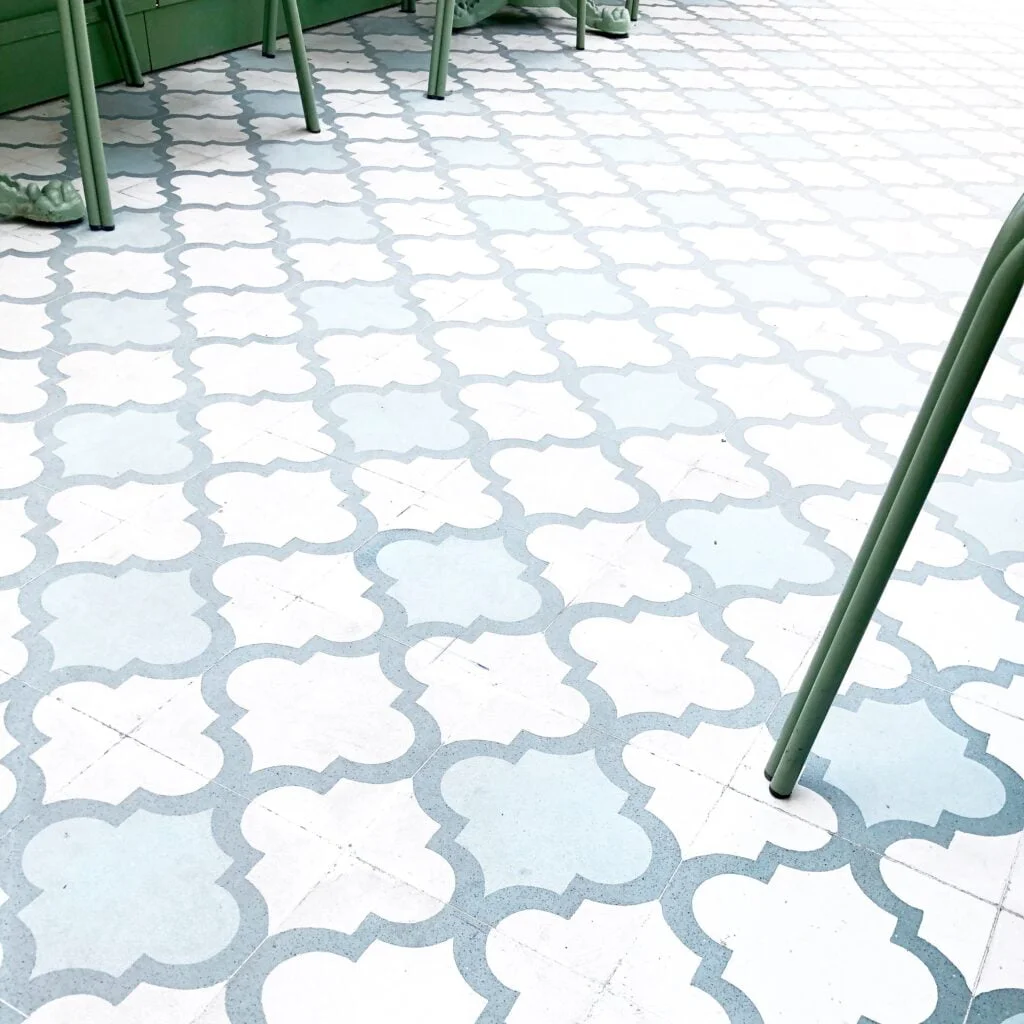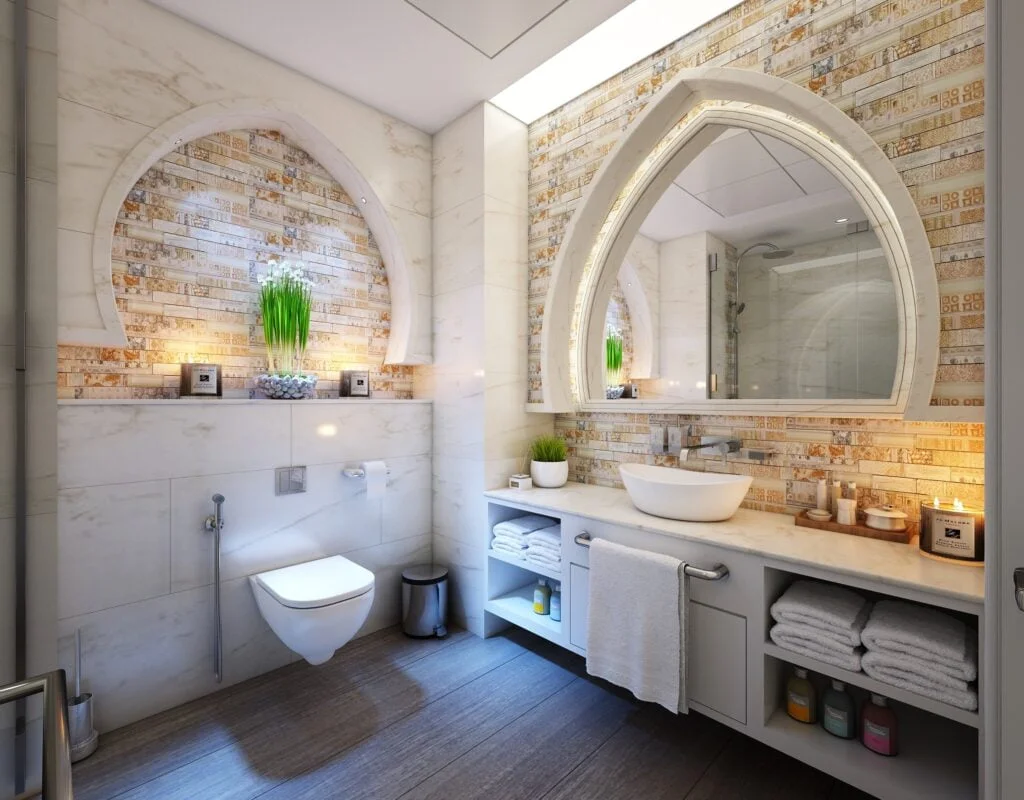Here are a few suggestions to assist you in choosing the ideal tiles for your home if you would want to make an informed choice when it comes to choosing tiles for your area.
It might be difficult to select the ideal tile for a given room given the myriad of possibilities on the market. Kajaria Tiles, Somany Ceramics, Nitco, Johnson Tiles, Bell Ceramics, Asian Granito, and other well-known tile brands are available on the market. For both wall and floor tiles, each of these tile manufacturers offers hundreds of thousands of alternatives in a variety of categories.
There are glass tiles, vitrified tiles, ceramic tiles, porcelain tiles, cement tiles, quartz tiles, marble tiles, granite tiles, and so on. Decision-making becomes extremely difficult as a result. We’ve listed a few suggestions below to assist you in choosing the ideal tile for your area.

1. Down to the basics – Selecting Tiles
Choosing the right type of tile is the first step. Vitrified tiles are the ideal option for flooring since they are strong and able to resist heavy use. Because they are non-porous or do not absorb stains, ceramic or porcelain tiles are good options for walls. To prevent slips, it is advisable to choose anti-skid tiles or a matt finish for outdoor use.
2. Size-It-Up
These days, a broad variety of sizes are available for tiles. While wall tiles typically come in sizes of 250x350mm, 300x450mm, and 300x600mm, popular sizes for floors include 300x600mm, 600x600mm, 610x610mm, and 800x800mm. Large size tiles, in the opinion of experts, give a room a more airy appearance. Tiles should, however, be chosen to fit the size of the room.
When you utilize huge floor tiles in a tiny room, the space will appear even smaller. It is advised to use medium format size tiles, such as those measuring 250 x 350 mm, in such a room. Additionally, choosing a size that requires less trimming and waste is a good idea. Example: If you have a room that is 6×5 ft, then pick a tile that is a multiple of the size of the room.
3. Choose the Right Finish
The ability to reproduce any pattern on a tile has been made possible through digital printing. The pattern and design should not, however, be the only deciding element. Finding the proper finish is also crucial. Glossy tiles look fantastic on walls, while tiles with a stone surface are perfect for the outside.
Wood finishes are suggested for bedrooms since they create a cozy atmosphere, while metallics and mosaics can be tried on bathroom and kitchen walls in addition to simple tiles. Natural finishes and designs are encouraged for living spaces, whereas vitrified tiles with a pattern or design that complements the décor are suggested for restaurants.
4. The Right Color
To create a cozy atmosphere inside, it is always wise to choose light flooring colors. One can experiment with deeper colors outside. Dark colors are simpler to maintain whereas light colors give the impression that the space is larger and more airy.
5. Plan Ahead
Always buy 5–10% extra tiles than you will ultimately need. Should you sustain any cuts or breaks, this takes care of them. The majority of businesses offer refunds for unused tile boxes.
6. Grout it Right
Although contrast grouting was formerly popular, it is always best to use grout that matched the color of your tiles. The goal should be to make grout lines as thin and unnoticeable as feasible.
7. Mix and Match
While using just one tile to cover the entire area creates a more uniform and airy impression, it’s a good idea to experiment with using two to three tiles to give your space a more distinctive vibe. One can experiment with borders and two complimentary tile combinations for floors. One can use up to three tiles on walls to make a distinctive and intriguing décor.
Mosaic tiles can be mixed and matched with medium size tiles, metallic tiles can be used in place of plain ones, patterns can be used on some walls while plain tiles are used on others, and contrasting colors can be used to create a statement pattern. Many tile producers offer pre-set tile combinations called “tile ideas” for sale.
8. Ability to Absorb Water
This is a crucial technical point that must be understood in order to comprehend the tile strength. Tiles are thought of as an investment for easy maintenance and hygienic living because they are more durable and have a lower water absorption rate. Carefully consider your decision.
To see other material construction, please see here.
To know other construction guides, tips, and methodology for beginners, veterans, and contractors, please see here.

